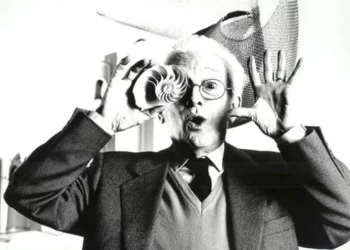How I want to Continue with the Exploration of my Topic
In this research process, I aim to examine facial shapes from various perspectives and delve deeper into studies across a wide range of diverse scientific fields. There is an abundance of material available, and many fascinating discoveries have already been made about human faces. However, much of this evidence seems to exist in isolation. My goal is to bring these important insights together, combine them effectively, and place them within the broader context of design and art. I want to emphasize the significance of my findings in the field of creative studies and establish a bridge between rational scientific evidence and its relevance in the creative process. To achieve this, I have outlined the following list of subtopics I plan to explore in the coming weeks. Initially, I intend to focus on scientific research in the field of perception psychology. As my research progresses, I will further explore the areas of art and design to assess the relevance and connections of my earlier findings within these fields.
- Proportions within Faces
- Face Perception
- Facial Emotion Recognition
- Problems in Face Recognition
- Facial Beauty
- The Power of Makeup
- Child Scheme
- Facial Shapes in Visuals 01
- Facials Shapes in Visuals 02
- Digital Face Detection


of his own face.

foreign objetcs.
Image Sources:
Marie Claire Maison. „Bruno Munari Portrait.“ Bruno Munari. Marie Claire Maison. Marie Claire, n.d. https://www.marieclaire.fr/maison/bruno-munari,1143186.asp.
Mondoblog. „Image of Bruno Munari.“ Bruno Munari, My Favourite Italian Genius. Mondoblog, November 9, 2010. https://mondo-blogo.blogspot.com/2010/11/bruno-munari-my-favorite-italian-genius.html.
Colomer, Carlos. „Image of Bruno Munari.“ Bruno Munari: Una Vida de Arte y Diseño. Graffica, September 20, 2023. https://graffica.info/bruno-munari-una-vida-de-arte-y-diseno/.
Casati Gallery. „Image of Bruno Munari.“ Bruno Munari: Italian Artist, Writer, and Graphic Designer. Last updated June 24, 2020. https://www.casatigallery.com/designers/bruno-munari/.









